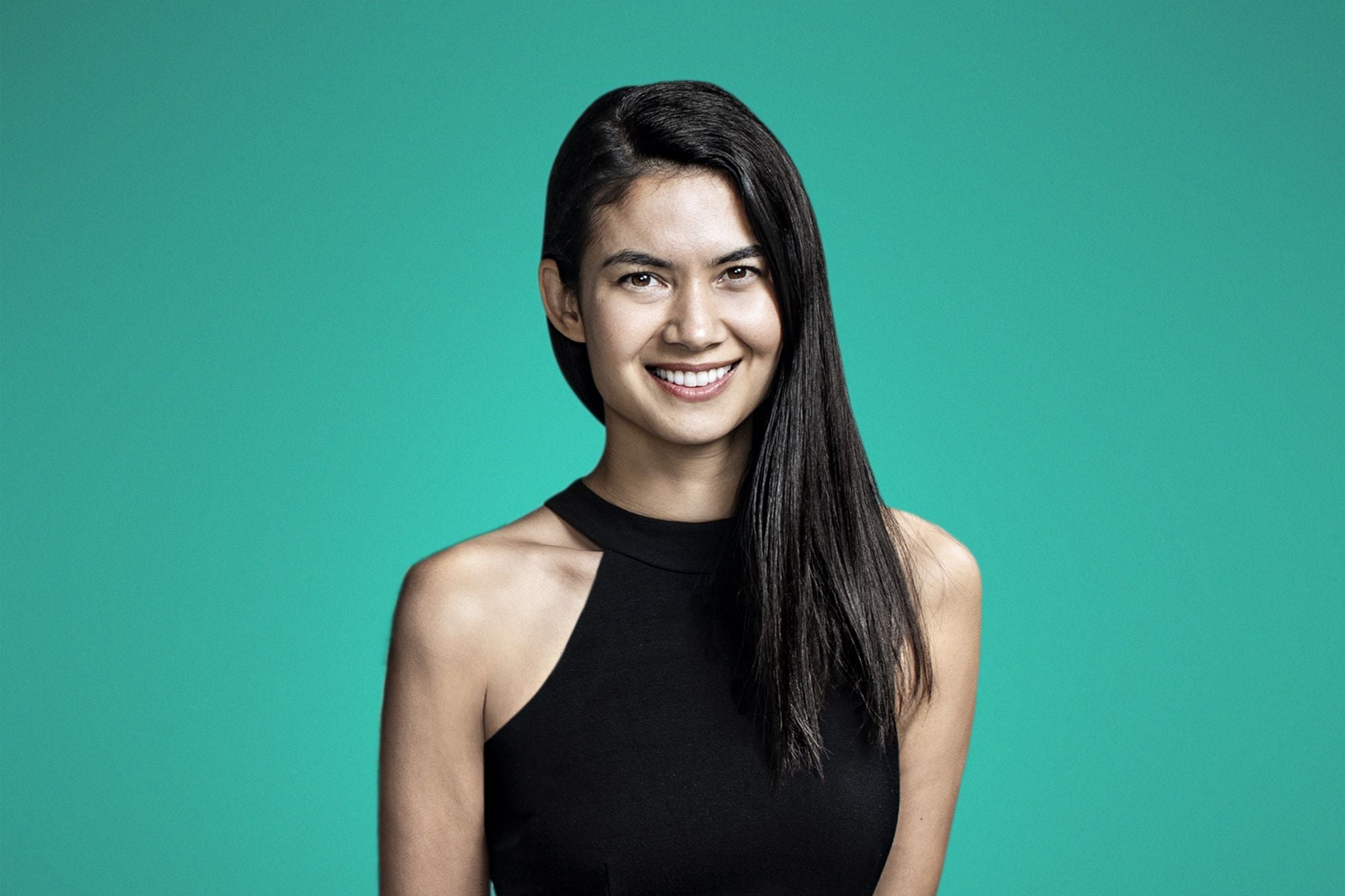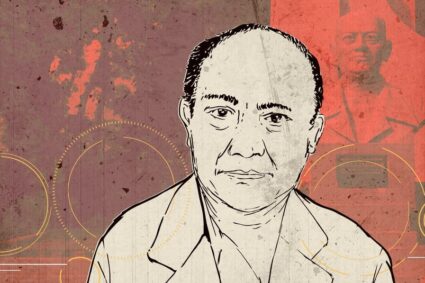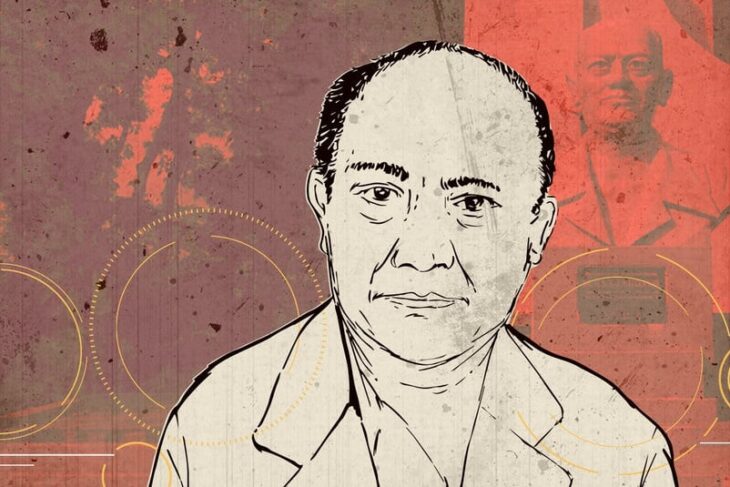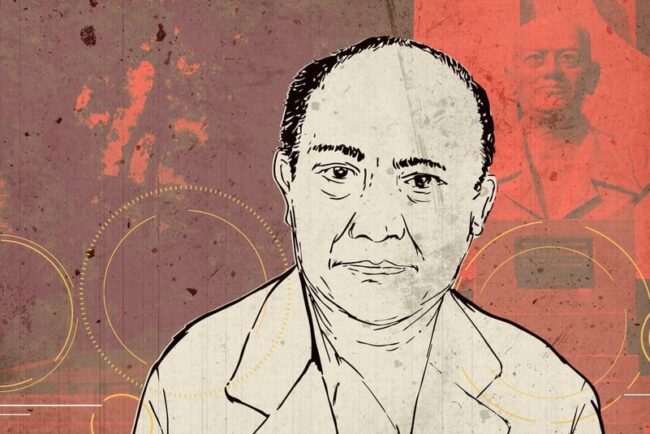
Canva is the world’s most valuable female-led startup at $40 billion. The idea occurred to Melanie Perkins in college when she met Cliff Orbecht, her future husband. Born in Perth, Western Australia, on May 13, 1987, Perkins was drawn to design and technology early on.
She drew, designed posters, and laid out magazines in her free time. In addition, she was enterprising. She sold scarves to Perth stores and markets at 14.
“I never forget the freedom and excitement of business building. In an Entrepreneur interview, she explained that helped establish Canva.
Melanie Perkins, the Background
Her graphic design passion grew in high school. She swiftly learned Adobe Photoshop and Illustrator.
Her graphic design talents improved as she designed for pals. Melanie studied graphic design and communication at the University of Western Australia after high school.
At 19, she worked part-time teaching design to other students on campus in 2006. Students complained about Adobe and Microsoft software’s expense and complexity during this time.
Melanie and Obrecht also sold temporary tattoos and souvenirs at university and neighbourhood festivals. They considered making future design utilisation easy and accessible.
A year later, they created Fusion Books, a yearbook design app for schools and students. Student-friendly drag-and-drop tools were employed.
Melanie made her mother’s living room an office. Fusion Books was Canva’s precursor. Many schools welcomed this move, crowning Melanie as Australia’s most successful young female entrepreneur.
She needed more than Fusion Books. She intended to establish a universal graphic design platform for business cards, logos, invites, posters, presentations, resumes, and other sophisticated projects. Anyone without graphic design skills can access it all.
Not accepted by 100 investors
Canva employs 4,000 people across many offices in Australia, the Philippines, China, and the US. Since 2017, they have been profitable and launched AI to compete with Google, Microsoft, and Adobe.
Investor finance was Melanie’s first challenge while launching Canva. Before receiving investment from top investors, she and Obrecht were denied by over 100 investors.
Convincing users that Canva was a user-friendly graphic creation platform was another challenge. Melanie realised many found graphic design tough and confusing.
She met Silicon Valley investor Bill Tai at a Perth technology conference in 2010. She presented her concept in San Francisco during this gathering.
Many investors doubted Canva’s potential or thought the graphic design market was saturated. Some thought her concept was too risky.
But she persisted. Melanie improved her pitch, strengthened Canva’s value proposition, and met more investors. She succeeded by overcoming rejections with perseverance and using feedback to strengthen her proposal.
Melanie noted, “The sheer number of rejections at the early stage meant I had to try harder and refine my strategy,” in a Blackbird Venture sponsored lecture.
Canva’s early development investors first took notice of her concept in 2012. Matrix Partners, InterWest Partners, 500 Startups, Bill Tai, Lars Rasmussen, and Ken Goldman (CFO Yahoo) invested $3 million.
Technology advisor Lars Rasmussen, a Google Maps founder, helped build a team using this cash. Cameron Adams, who built Google’s interface, joined Canva to improve its technology shortly after.
Canva launched in 2013 and gained over 750,000 users by year’s end.
Canva hired former Apple chief evangelist Guy Kawasaki in 2014. With Canva’s rapid growth, Kawasaki helped it expand abroad. Over 330,000 people created 100,000 new designs per week in the same year.
Rapid Growth During Pandemic
Canva stands out from other graphic creation platforms with its free access and premium packages for fonts and design elements. Adobe Photoshop costs almost $3,500 for a year, or $314 per month.
Another benefit is that Canva offers thousands of templates and design elements for project collaboration, making creative collaboration easier.
These features have made Canva one of the most popular online graphic design platforms for people of all backgrounds.
Canva, Australia’s first unicorn company, raised $40 million from Sequoia Capital and Blackbird Ventures in 2018.
They originally acquired Zeetings the same year to produce the best presentation product. With a billion designs on its site, it achieved a milestone.
Canva purchased Pexels and Pixabay in 2019–2020 to help users create design content with free pictures during the COVID-19 epidemic.
Investment value reached $60 million in 2020, valuing Canva at $6 billion. Melanie Perkins became Australia’s youngest billionaire with $1.3 billion.
Canva raised $200 million with a $40 billion valuation in 2021 when people worked from home due to the epidemic. Melanie offered $12 billion—30% of the company’s funds—to fight extreme poverty.
Time has called Canva the most influential startup this year for boosting design.















